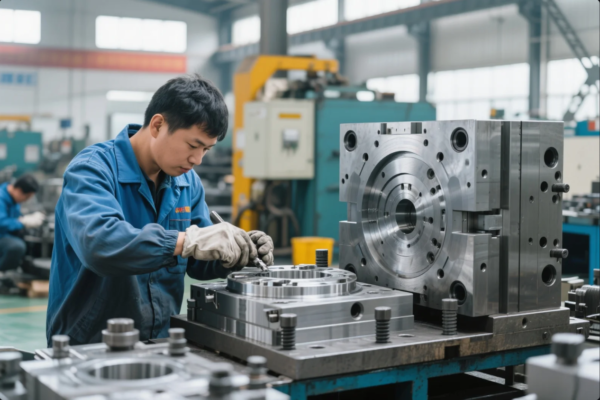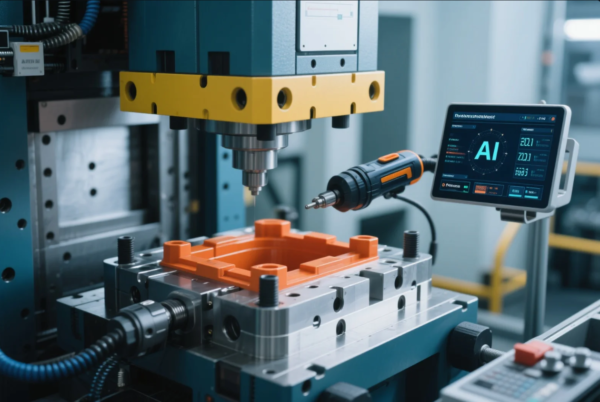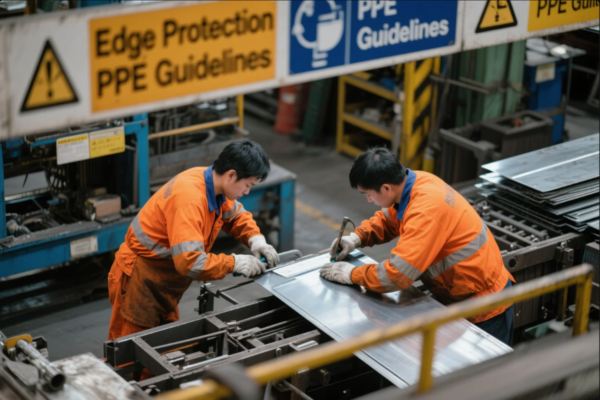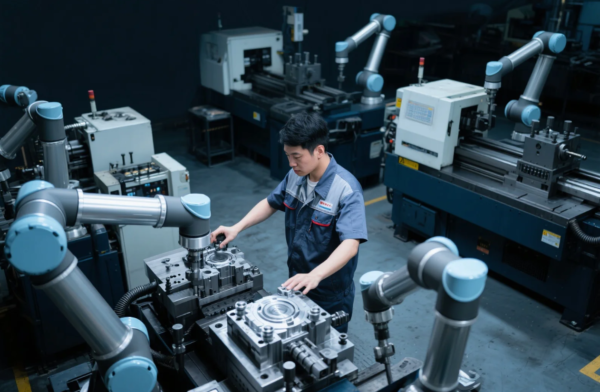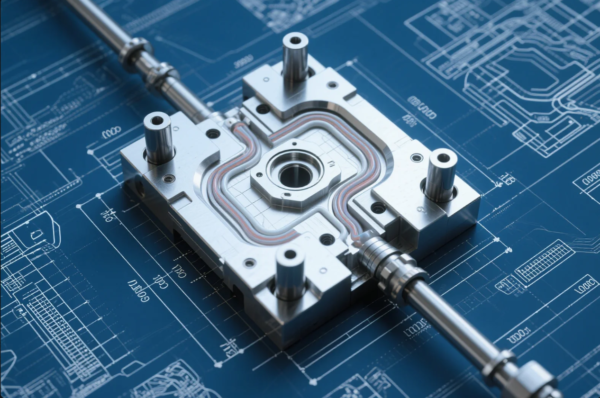What Does GMAW Mean in Welding?
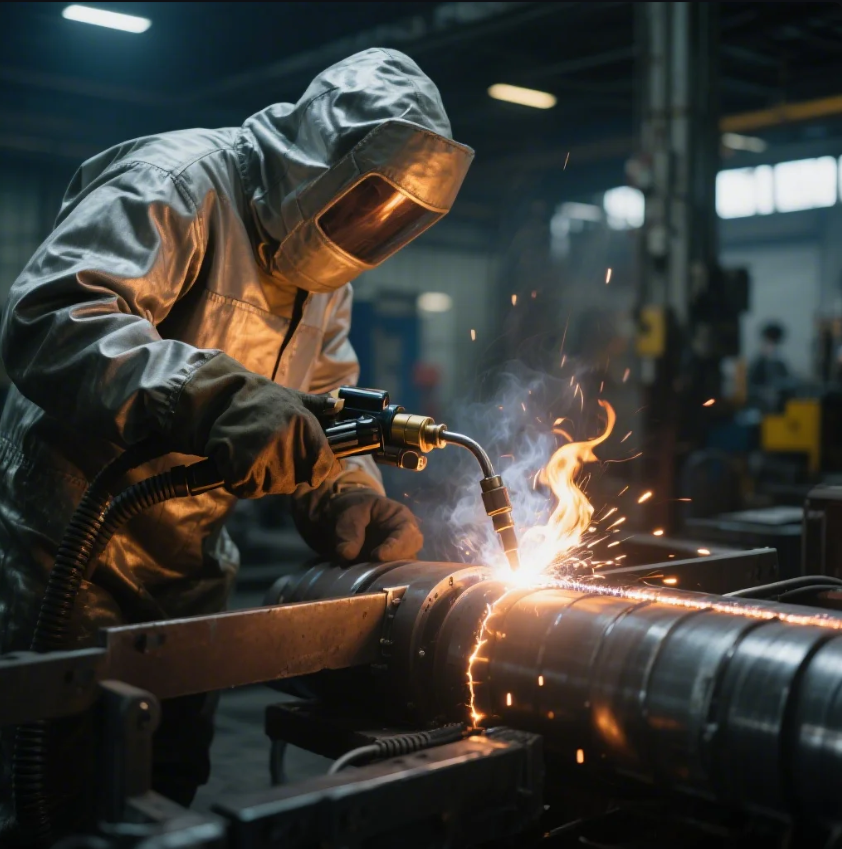
In the world of welding, understanding the terms and acronyms can be a game-changer. One of the most common and versatile welding processes is GMAW, or Gas Metal Arc Welding. It's often used interchangeably with MIG welding, but is there more to GMAW than just a name? Let's explore what GMAW is and how it differs from other welding methods.
Snippet paragraph: GMAW, also known as MIG welding, uses a continuous wire electrode and shielding gas to create strong, clean welds, making it ideal for various industrial applications.
Transition paragraph: Now that we have a basic understanding of GMAW, let’s dive into the differences between GMAW and other welding processes to help you better understand where it fits into the welding landscape.
What is the difference between MIG and GMAW?
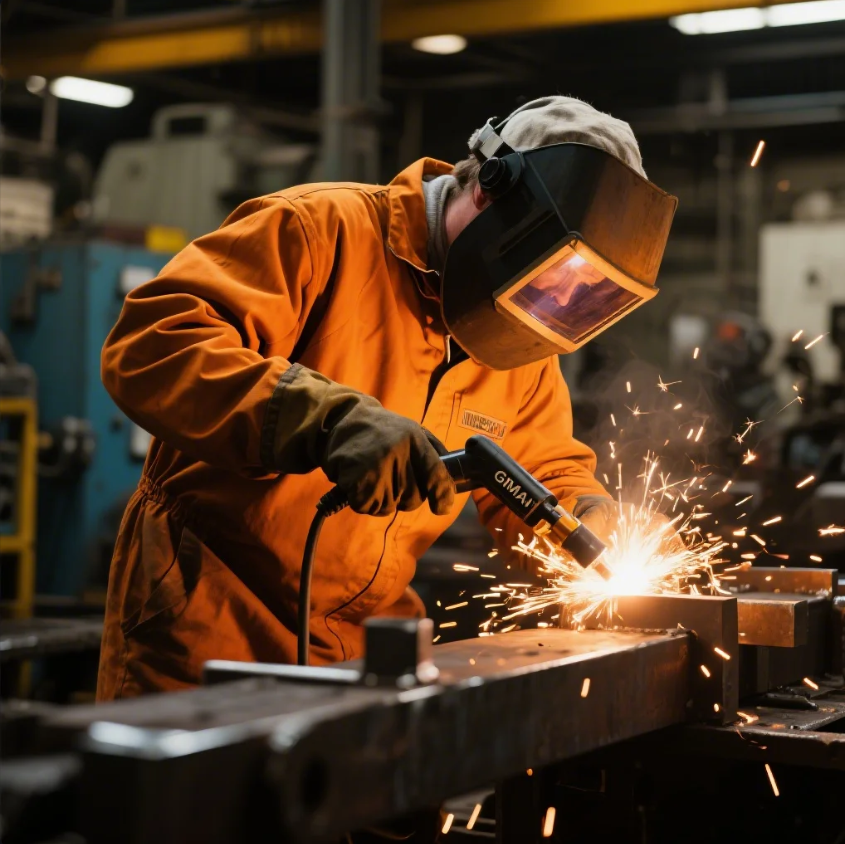
While many people use MIG welding and GMAW interchangeably, they actually refer to the same welding process. MIG stands for Metal Inert Gas, and GMAW stands for Gas Metal Arc Welding. The confusion comes from the fact that both use a continuous wire electrode and shielding gas to protect the weld from contamination, but the terms emphasize different aspects of the process.
Understanding the Difference
- MIG focuses on the gas used (originally an inert gas like argon), while GMAW refers to the broader arc welding process that can use various shielding gases, not just inert gases.
- Both terms describe the same underlying process of using a wire feed to create the weld, but GMAW is the technical term, and MIG welding is a more commonly used label in the industry.
| Term | Description |
|---|---|
| MIG | Focuses on the inert gas used in welding. |
| GMAW | General term for gas metal arc welding, more inclusive of all gas types used. |
In practical terms, GMAW and MIG welding are the same and can be used interchangeably, depending on the specific gas chosen for shielding.
What is the difference between GMAW and GTAW?
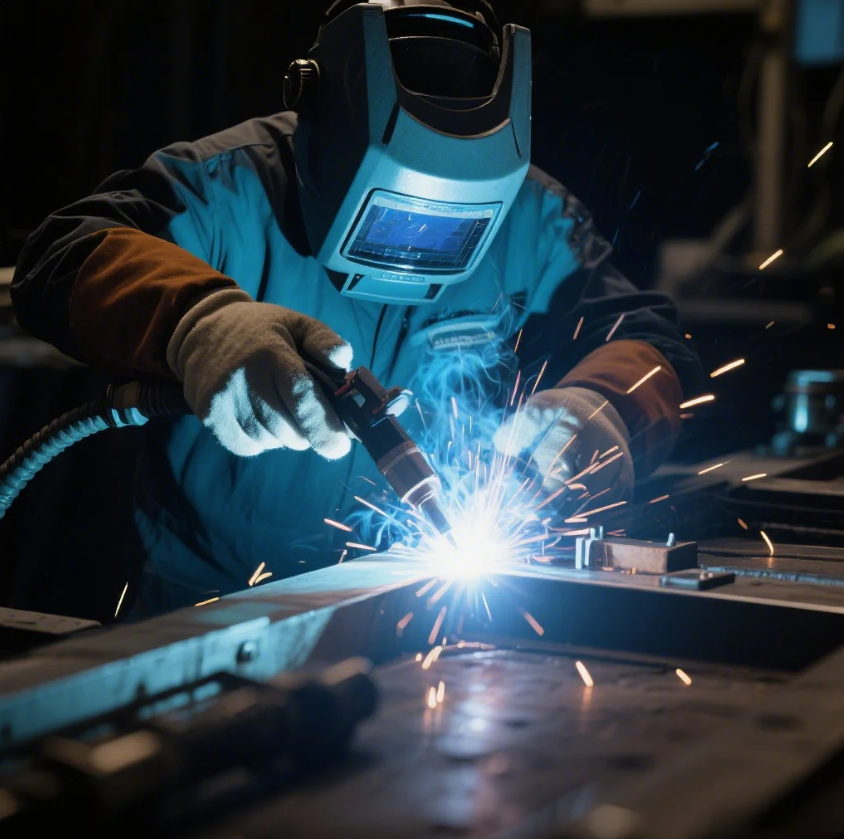
GMAW (Gas Metal Arc Welding) and GTAW (Gas Tungsten Arc Welding) are both arc welding processes that use shielding gases to protect the weld. However, the primary difference lies in the electrode and the equipment used.
Key Differences:
- GMAW uses a consumable wire electrode that melts and becomes part of the weld bead.
- GTAW, also known as TIG welding, uses a non-consumable tungsten electrode to create the arc. The filler material, if required, is added separately as a consumable rod.
While GMAW is faster and more efficient, especially for thicker materials, GTAW offers more precision and control, making it ideal for thin materials and delicate applications.
| Process | Electrode Type | Shielding Gas | Common Use |
|---|---|---|---|
| GMAW | Consumable wire | Various gases | Faster, industrial use |
| GTAW | Non-consumable tungsten | Inert gas | Precision, thin materials |
GTAW provides higher quality and cleaner welds due to its precise control over the heat input, while GMAW is quicker and better for larger projects.
Is GMAW automatic or semi-automatic?
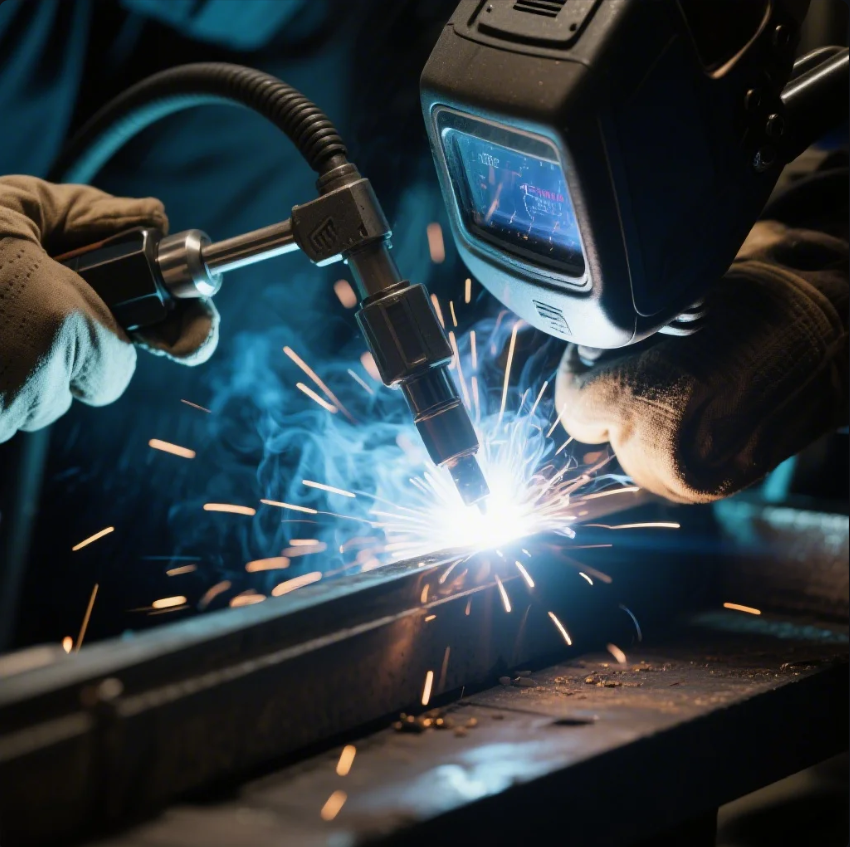
GMAW can be both automatic or semi-automatic, depending on the application and the equipment used.
-
Semi-automatic GMAW is the most common. In this process, the welder controls the movement of the welding gun, but the wire is fed automatically. This setup allows for flexibility and precision while reducing fatigue and increasing speed.
-
Automatic GMAW is used for high-volume production where the welding machine operates the entire process without human intervention, including controlling the welding torch, feeding the wire, and adjusting parameters. This type is typically seen in large-scale manufacturing operations where consistency and speed are paramount.
Key Differences
| Type | Description | Common Use |
|---|---|---|
| Semi-automatic | Operator controls the welding gun, wire is fed automatically. | Construction, repairs, maintenance |
| Automatic | Fully automated process with no human control. | Mass production, high-volume industries |
Semi-automatic GMAW is more widely used because it offers a balance between efficiency and control, making it suitable for a variety of welding tasks.
What's the difference between GMAW and SMAW?
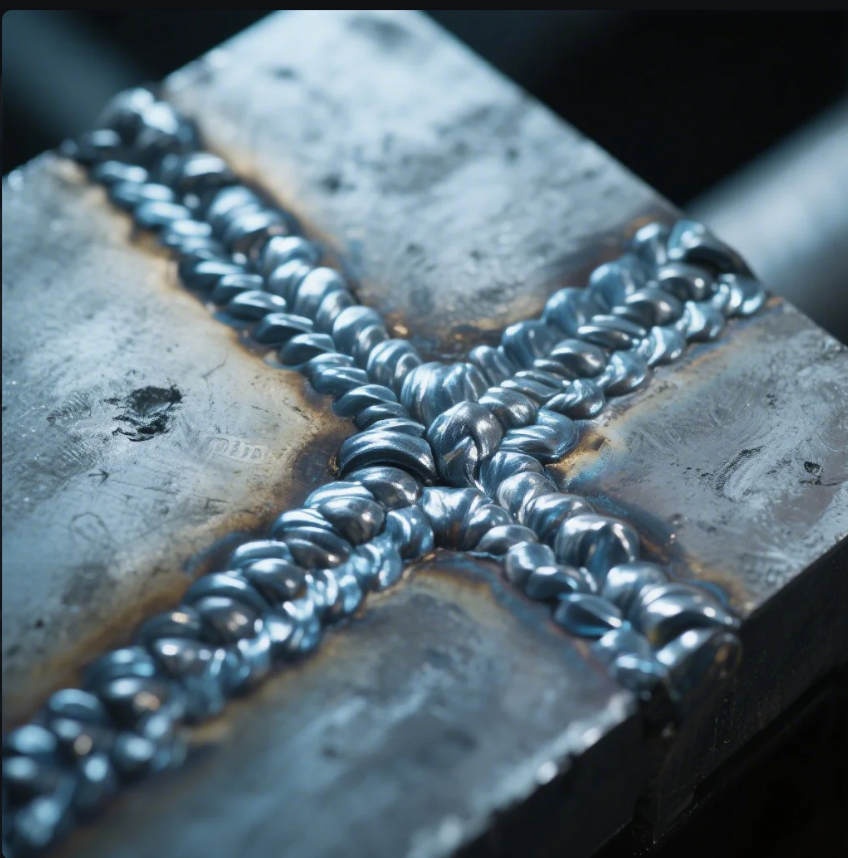
GMAW and SMAW (Shielded Metal Arc Welding) are both common welding methods, but they differ significantly in how they create and protect the weld.
Key Differences:
-
Electrode:
- GMAW uses a continuously fed wire as the electrode.
- SMAW uses a stick electrode that is consumed during the process.
-
Shielding:
- GMAW relies on an external gas (such as argon or CO2) to shield the weld.
- SMAW uses a flux coating on the electrode to create the shielding gas as it burns off during the welding process.
-
Ease of Use:
- GMAW is generally easier to use because it requires less maintenance and provides a cleaner weld.
- SMAW can be more difficult due to the need for more technique and the potential for slag buildup that must be cleaned off after welding.
| Welding Process | Electrode Type | Shielding Method | Ease of Use |
|---|---|---|---|
| GMAW | Consumable wire electrode | External gas | Easier, cleaner |
| SMAW | Stick electrode | Flux coating | More challenging |
GMAW is more suited for clean, continuous welds, especially for longer welds and thicker materials, while SMAW is often used for outdoor or heavy-duty welding where portability is key.
Conclusion
GMAW, or Gas Metal Arc Welding, is a versatile, efficient, and widely used welding process. Understanding the differences between GMAW and other welding techniques like SMAW, GTAW, and MIG can help you choose the best method for your project. If you need reliable, high-quality welding parts or services, Prime is here to provide expert assistance with fast delivery and top-notch products.
Contact us today for a free consultation and custom solution for all your welding needs!

